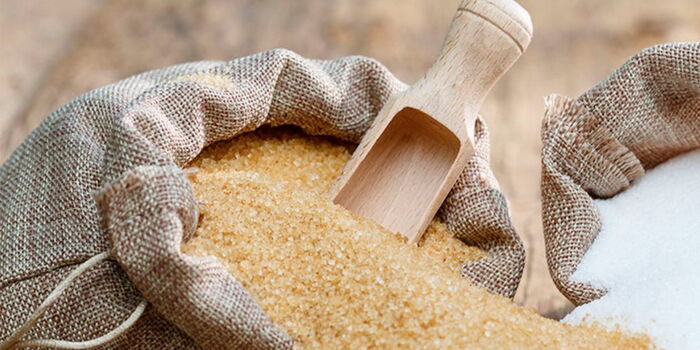Agriculture Cabinet Secretary Mutahi Kagwe has defended the introduction of the new Sugar Development Levy, stressing that it is more than just a revenue collection tool. Speaking before the Senate Committee on Delegated Legislation, Kagwe described the levy as a “strategic intervention” aimed at rescuing Kenya’s struggling sugar sector.
The levy, set at 4 per cent, will be charged on every miller and importer of sugar. Domestic sugar will attract 4 per cent of the ex-factory price, while imported sugar will be levied at 4 per cent of the cost, insurance, and freight (CIF) value.
According to Kagwe, the funds will directly support the Kenya Sugar Research and Training Institute (KESRETI), which now has an expanded mandate under the Sugar Act 2024. This includes scientific research, farmer training, and the introduction of modern sugarcane varieties.
“Without investment in research and new technologies, the industry will not survive the pressures it faces today,” Kagwe warned. He revealed that 97 per cent of cane varieties currently grown in Kenya are outdated, yielding less sugar and being highly vulnerable to disease and drought.
The levy proceeds will be distributed across several priority areas:
- 40 per cent for cane development and productivity enhancement
- 15 per cent for factory development and rehabilitation
- 15 per cent for infrastructure
- 10 per cent for the administration of the Kenya Sugar Board
- 5 per cent for farmer organisations
Kagwe added that farmer training in mechanisation, modern practices, and value addition will be crucial to improving competitiveness.
However, sections of millers have raised concerns that the levy will increase production costs. The Senate Committee is expected to consider submissions from the Ministry of Agriculture and industry stakeholders before making a final decision.
Kagwe maintained that failing to support innovation would only deepen the sector’s problems, including poor yields, inefficiencies, and rising dependence on sugar imports.

